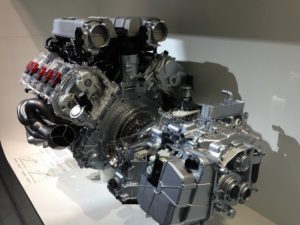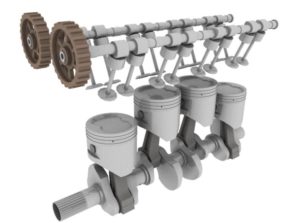The core part of a car is the engine which most car owners and prospective buyers should extensively be aware of. Most people would like to call the car engine as the car itself because it is the most crucial and valuable part of the car and so it is very essential to have an in-depth knowledge of this part. Basically, the engine is made of cylinders which comprise pistons that move up and down repetitively to keep the engine functioning.
The strength of a car engine is determined by the number of cylinders it operates with. The typical number of cylinders for most cars is usually four, six or eight. Multi-cylinder engines are usually differently configured in one of these three ways: Inline (horizontal) arrangement, flat (boxer) arrangement and the V (opposed) arrangement.
These different configurations have distinct merits and demerits in terms of functionality, cost, shape, and smoothness (operation effectiveness). This distinction in advantage and disadvantages make them suitable for the different vehicle types. Having mentioned all this as an initial basic knowledge of the general working of car engines, let’s have a look at the essential parts of an engine in details.
The Piston
As mentioned earlier, the piston is housed inside the cylinders and is a piece of metal designed in a cylindrical shape that moves up and down in a regular manner to keep the engine functioning effectively.
The Crankshaft
The crankshaft moves in a circular manner and is connected to the pistons from one protruding end that when it rotates around, it pushes the pistons up and down. Both the crankshaft and the pistons move in a regular motion to retains the swift functionality of the whole system of the engine after the engine powers up. The connection between the crankshaft and the pistons is usually done using a connecting rod.
The Spark Plug
This is the part that controls the ignition of the engine. Once you turn on the engine of the car, the spark plug is the most initial part that is ignited and in return ignites the air and fuel mixture for combustion to occur. It is usually designed to spark at a suitable period when all other parts are ready for everything to work effectively.
The Valves
The valves control the inlet and outlet of air within and outside the engine. It also regulates and controls the intake of fuel to the engine parts in controlled portions as required. During compression and combustion, both valves are usually closed to seal the combustion chamber for the effective functioning of other tasks the engine is needed to do.


